 |
 |
 |
 |
 |
|
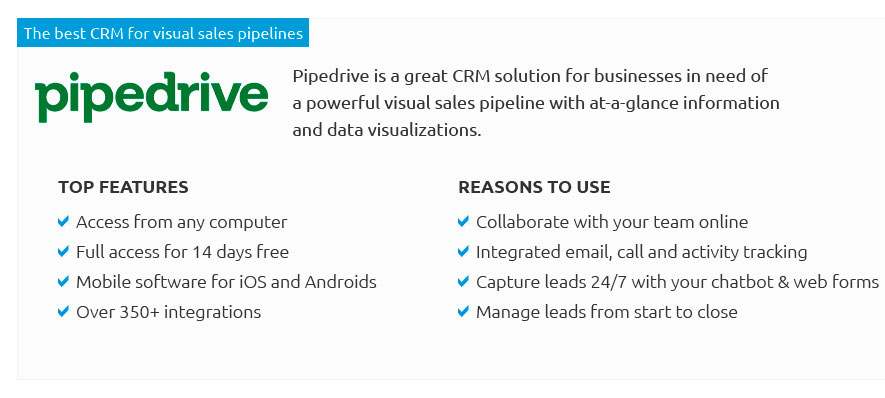 |
|
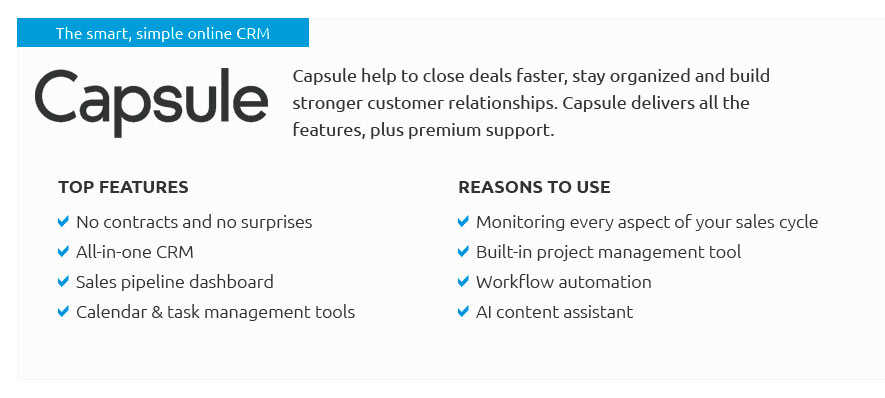 |
|
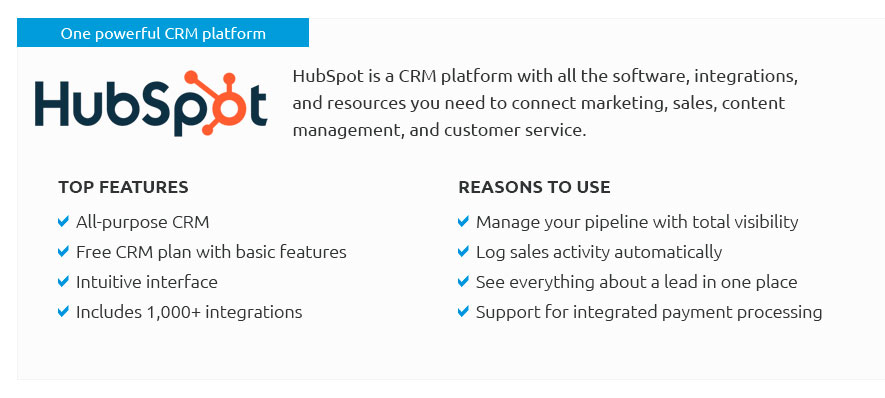 |
|
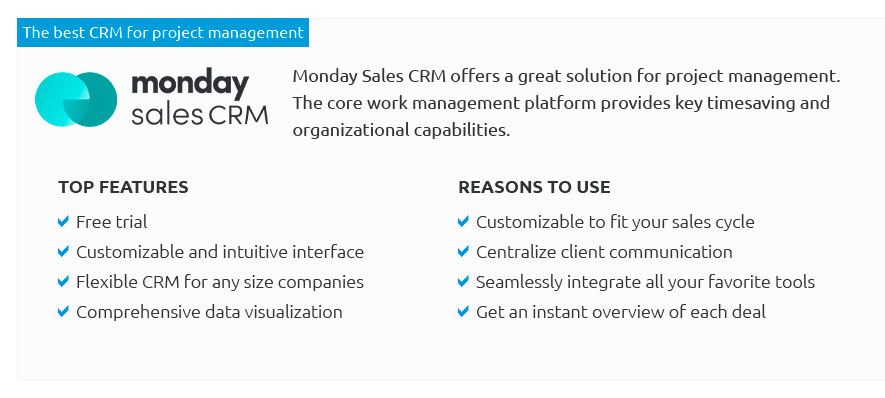 |
|
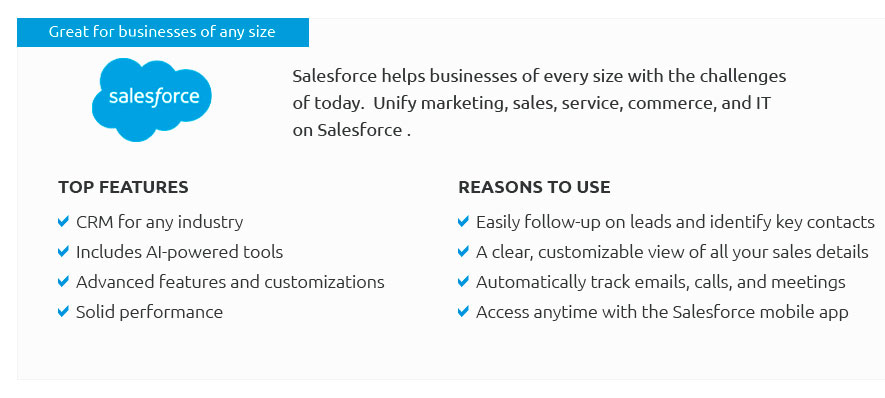 |
|
 |
 |
|
hdocsg79c Discover the ultimate CRM software review that cuts through the noise and unveils the best CRM platforms, meticulously selected to elevate your business to new heights-our expert-driven insights guide you seamlessly through your CRM migration project plan, ensuring a flawless transition to the platform that will revolutionize your customer relationships and streamline your processes, all wrapped in an engaging narrative that promises to transform your approach with precision and clarity; say goodbye to generic solutions and step into a world of tailored excellence.
https://elefanterevops.com/blog/crm-migration
CRM data migration refers to the transition of customer data from one CRM system to another, which is often referred to as the CRM data migration process. It's ... https://www.dqglobal.com/blog/guide/a-step-by-step-guide-to-crm-data-migration/
Here is a step-by-step guide to our CRM migration methodology - STEP 1 Identify the Business Purpose - STEP 2 Communication - STEP 3 Scope the Migration ... https://www.newbreedrevenue.com/blog/crm-migration-checklist
CRM migration refers to the process of transferring your customer data from your existing CRM system to a new one.
|